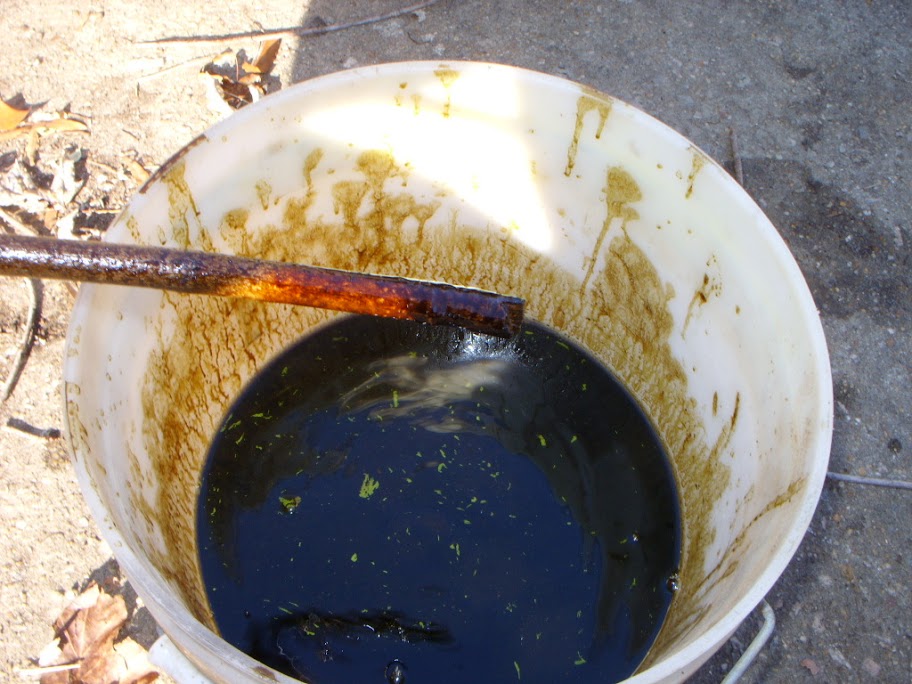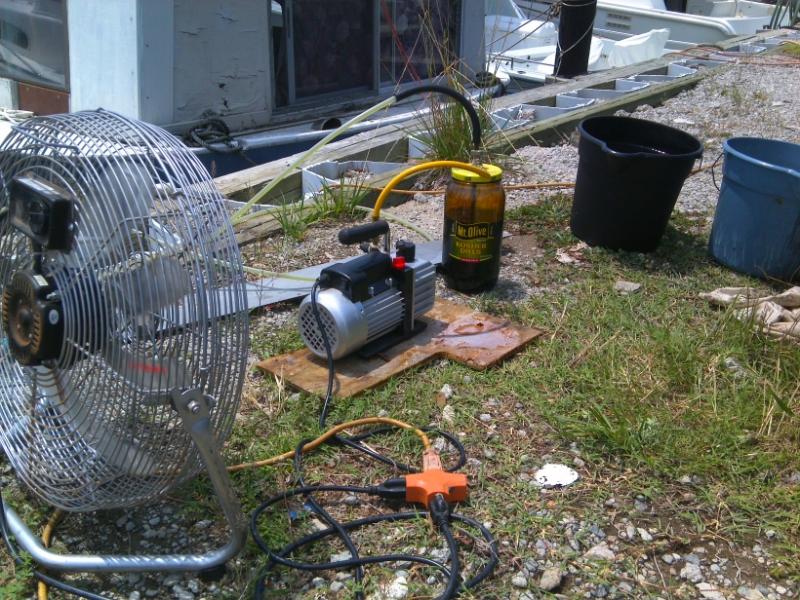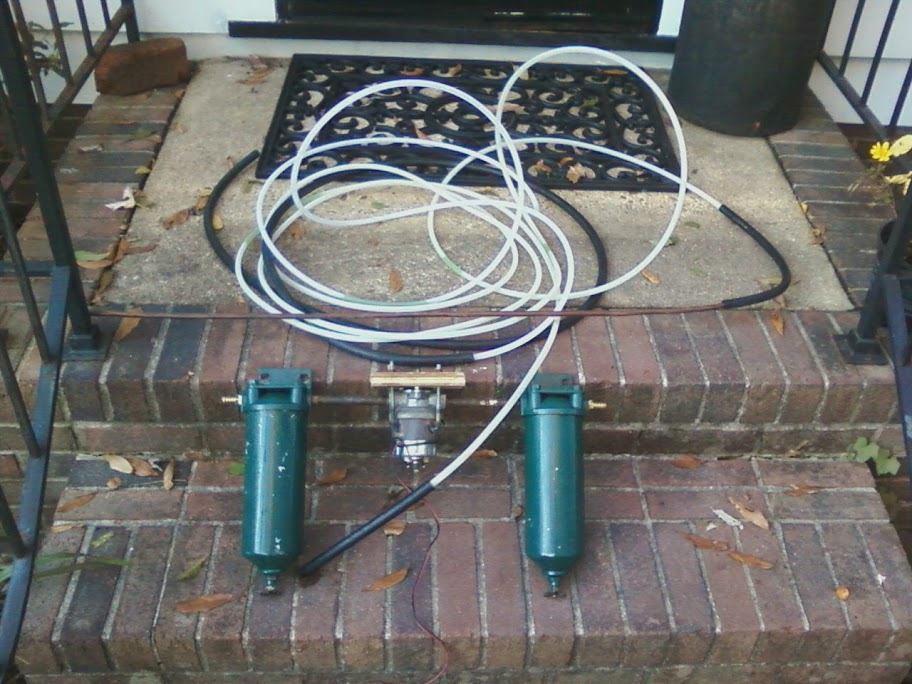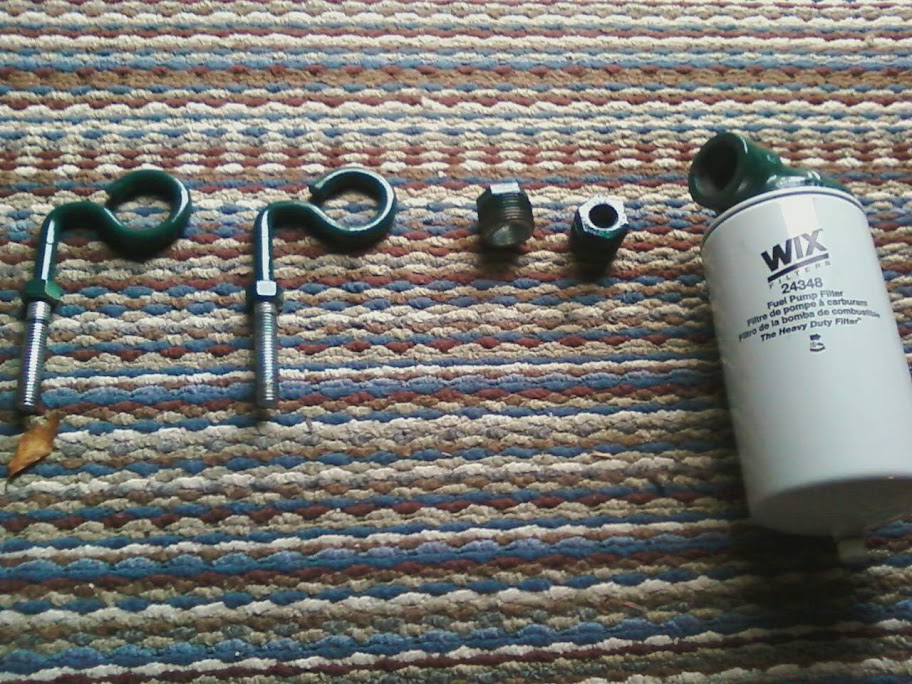This is what I had sitting on the tank bottom. Tanks are from 1970 MONEL, so you know a lot of gas deposited a lot of gum, and then adding E10 loosened it all up.
First filtering setup was suck the sludge off the tank bottom, pour into buckets.
Second filtering was running the fuel back and forth from tank to tank using these cartridge filters
Then I setup new filters on the boat using these WIX combined with the green fram cartridges on the suction lines
so for fuel flow it is tank, antisiphon valve, fram cartridge ccs1136, wix 24348, electric pump, an inline can filter, then carb
And bought these cheap on ebay for more filtering of the fuel.
the last ones are diesel, but used also for a few gasoline applications according to the app charts. I like these last ones, they have thick glass bowls and drains. The plastic drain could be replaced with a metal bolt. USCG likely would not like glass bowls in the engine room.
the ccs1136 are 4 micron
the wix 24348 is 10 micron
the cat filters are 10 micron
Are gums filterable? I have seen 2 micron filters used in diesel boats.





